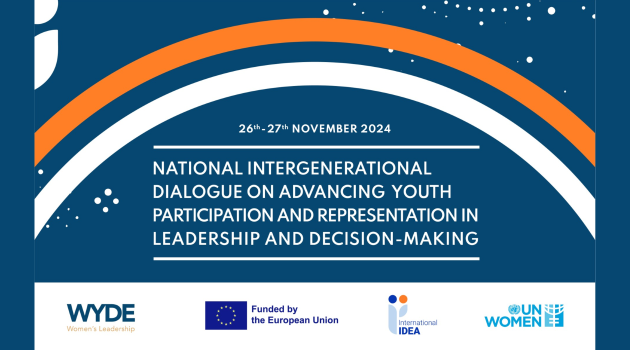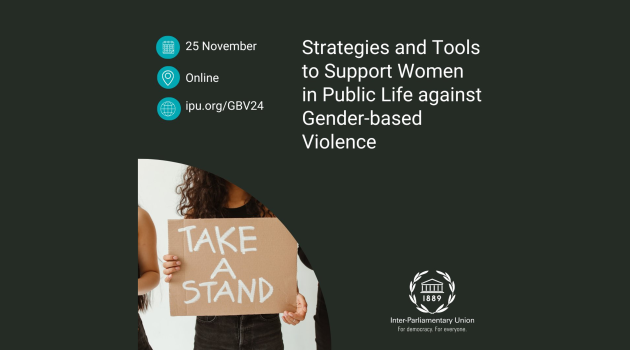Compendium of Good Practices for Advancing Women’s Political Participation in the OSCE Region
The objective of this publication is to critically assess progress and efforts in advancing women’s political participation in the OSCE region. This compendium brings together existing knowledge and good practice while considering what needs to be done to promote faster progress towards gender parity in politics, and recognizing the importance of embedding those practices in the hands of the authorities of participating States.Aimed at gender experts, human rights activists, development workers, diplomats and politicians, as well as academics, the compendium uses data from published sources to identify recent trends in women’s political participation. The publication explores different aspects of participation of women by focusing specifically on political parties, elections, local politics and parliaments. Drawing on presentations from a meeting of international experts in Warsaw in May 2015, it looks at the reasons behind varying levels of representation and identifies gaps in information and understanding. Click here to read it.

The objective of this publication is to critically assess progress and efforts in advancing women’s political participation in the OSCE region. This compendium brings together existing knowledge and good practice while considering what needs to be done to promote faster progress towards gender parity in politics, and recognizing the importance of embedding those practices in the hands of the authorities of participating States.Aimed at gender experts, human rights activists, development workers, diplomats and politicians, as well as academics, the compendium uses data from published sources to identify recent trends in women’s political participation. The publication explores different aspects of participation of women by focusing specifically on political parties, elections, local politics and parliaments. Drawing on presentations from a meeting of international experts in Warsaw in May 2015, it looks at the reasons behind varying levels of representation and identifies gaps in information and understanding. Click here to read it.


